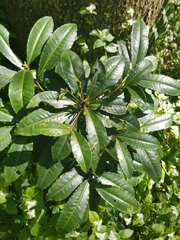
BioGator
University of Florida
|
|
|
|
Family: Primulaceae
Hen's-Eyes, more...
|
|
|
|
|
This project made possible through support from the UF Planning, Design & Construction and the UF Office of Sustainability
Powered by Symbiota.







































































































